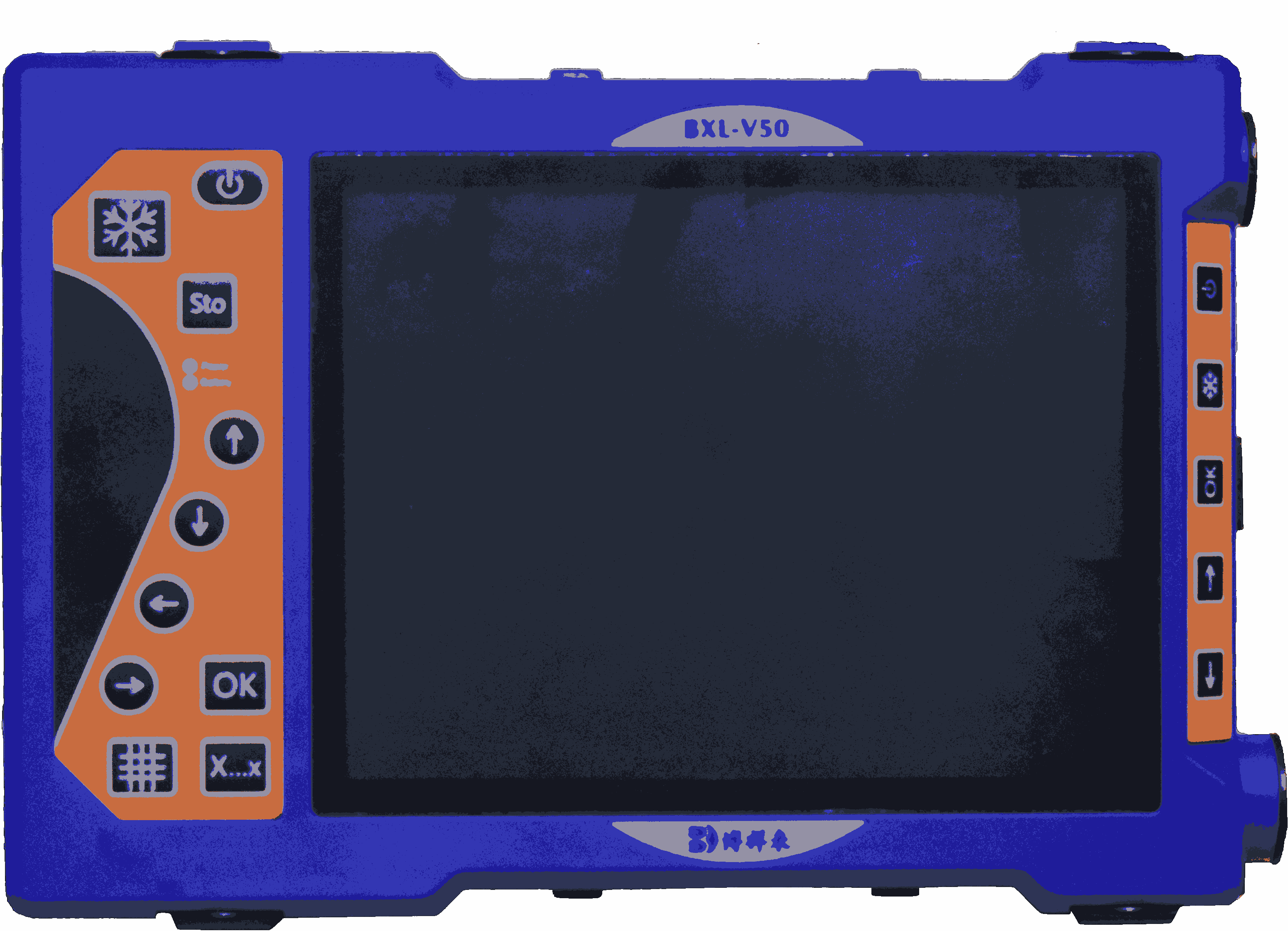Veterinary B-ultrasound system model method, the model-based texture feature extraction method is derived from various models of modern texture analysis, that is, from the perspective of modeling, given the regenerated model and its parameter values for texture synthesis, generate image texture samples, and then verify and estimate. Texture is mainly represented by statistical models.
Veterinary B-ultrasound system Markov random field model, the Markov random field model assumes that the grayscale of each pixel in the image is only related to the grayscale of the neighboring pixels, and the texture model is defined by the local conditional probability density function of the neighboring pixels. For animal liver veterinary B-ultrasound images, the texture area of veterinary B-ultrasound images can be regarded as a finite sampling of a two-dimensional random process. The dependency between each texture primitive reflects the different aggregation of texture primitives and corresponds to different statistical parameters. Therefore, the Markov random field model can well describe the random characteristics of texture. When applied to animal liver veterinary B-ultrasound images, the local eigenvalues of the 1-4 order model are usually calculated as texture parameters.

Veterinary B-ultrasound system autoregressive moving average model, the ARMA model is an important tool for time series analysis. The model assumes that there is a certain dependence (such as linear correlation) between the grayscale of a pixel at a certain position in the image and the grayscale of a certain neighborhood pixel around it. The model parameters are estimated by the image grayscale, and the corresponding model parameters of various texture images are classified by solving the equations, and then the parameters of the new texture image are estimated. Animal liver veterinary B-ultrasound images mainly use this model to characterize the directional characteristics of the texture. Someone used an autoregressive periodic random field model to extract the texture features of normal, hepatitis and fatty liver veterinary B-ultrasound images of animals, which is much more effective than the traditional grayscale co-occurrence matrix method.








